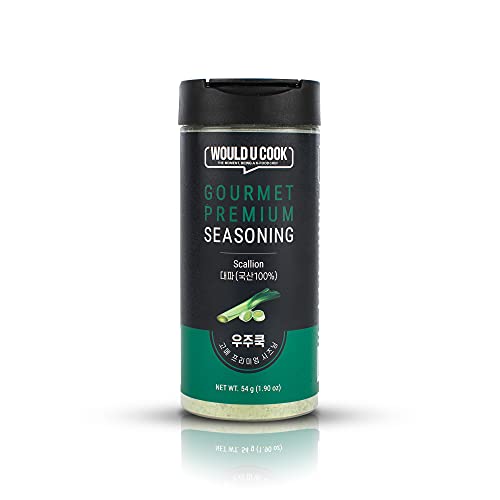The Historical Roots of Bone Broth: From Prehistoric Eras to Modern Wellness Trends
Bone Broth is a very prevalent topic simmering throughout the wellness world. With hearty claims such as weight loss, improved sleep, bone, and joint health, one may wonder if this meaty drink is more like an ancient potion. This historical elixir has ties to various ancient cultures including hunter-gatherer ancestors, ancient Eastern cultures, and European farming communities. Bone Broth, and most importantly, the ingredients used to make it, yields a variety of nutrients that can put some muscle behind the claims.
The Long Look Back
Let us take a trip back in time, considering the origins of bone broth and the importance of this trendy tonic on basic human survival. There are ties to bone broth dating back to prehistoric eras when hunting and gathering were the only way to get food. When a hunt was fruitful, no parts were wasted or thrown away. Broth was one way to get nutrients found in bones, connective tissue, and hooves. Bone broth is found throughout numerous cultures and is often considered for its medicinal properties, such as aid in digestion and when ill.
Continuing to look through a cultural lens, you will find bone broth as a base for many traditional dishes. This nourishing base is versatile worldwide, from soups to rice pilaf and stews. Just like the varying landscapes of these nations, the native fauna found in the environment determines the source of animal bones for their broth. This is what the influence of climate allows for, creating the diversity of flavor.
Hearty Health Claims
With claims that bone broth promotes gut harmony, joint support, immunity, and skin health, it is easy to understand why this warm drink is a hot topic. Unfortunately, the scientific evidence supporting these claims has not yet caught up to the hype. Alas, not all is lost. The basic nutrient breakdown bone broth is composed of can still offer some righteous benefits.
One main ingredient in Bone Broth is Collagen, a protein composed of different amino acids. Understanding this can help you decide which type of bone broth to choose. The synthesis of collagen in various tissues requires three specific amino acids. Eight of the nine essential amino acids can be found in collagen, but the three main ones are proline, glycine, and hydroxyproline. This is important to know because we get these amino acids by consuming dietary sources of collagen like bone broth and other food sources.
Collagen is a key component in skin elasticity, joint and other connective tissues, the lining of the gastrointestinal tract, and bone and muscle strength. While evidence shows limiting amounts of collagen in bone broth, it is still a source of amino acids and other nutrients. These nutrients include Vitamin A, Magnesium, Calcium, Phosphorus, Vitamin K2, iron, Zinc, Selenium, and Manganese.
DIY or Grab-and-Go
Now that you understand the background of bone broth, the next question is, where do you get it? You can make your homemade broth, look for a local vendor, or find higher-quality, store-bought versions. Homemade is always the best option from a product quality standpoint, but making bone broth is time-consuming and expensive. The second best option would be finding a local vendor that makes “in-house” bone broth. Lastly, you can look for in-store brands with highly rated bone broth brands, such as Kettle & Fire, Fond, Bare Bone Broth, and Lono Life.
Bone broth has become liquid gold in the wellness world, with hefty health claims and a long history in various cultures. However, the trending tonic has limited scientific evidence to back many of these claims; imbibing the savory stock is still a benefit. Bone broth is a good liquid source of protein and other electrolytes and can be a stand-alone beverage or used as the base for an assortment of recipes. Adding this to your kitchen can bring versatility and nutrient complexity to otherwise lacking meals. If you genuinely enjoy the hobby of making your own, you can discover different recipes to change the flavor based on the theme of your meal. If you need more time for homemade, look at some vendor-made or store-bought options. You can add this as a staple product to your pantry or fridge.
- Alcock, R. D., Shaw, G. C., & Burke, L. M. (2019). Bone Broth Unlikely to Provide Reliable Concentrations of Collagen Precursors Compared With Supplemental Sources of Collagen Used in Collagen Research. International journal of sport nutrition and exercise metabolism, 29(3), 265–272.
- Blasco, R., Rosell, J., Arilla, M., Margalida, A., Villalba, D., Gopher, A., & Barkai, R. (2019). Bone marrow storage and delayed consumption at Middle Pleistocene Qesem Cave, Israel (420 to 200 ka). Science advances, 5(10), eaav9822.
- Cleveland Clinic. (2024, March 25). Recipe: Slow cooker bone broth.
- Fooddata Central Search Results. FoodData Central. (n.d.).


















Comments
Join The Conversation...